
George Armstrong Custer’s legacy is as multifaceted as the man behind it. A figure of fierce boldness, he became both a symbol of military triumph and a cautionary tale of catastrophic failure. His actions on the battlefield forever altered the course of American history. Here are the moments that shaped Custer’s dramatic rise and fall.
Battle Of The Washita River
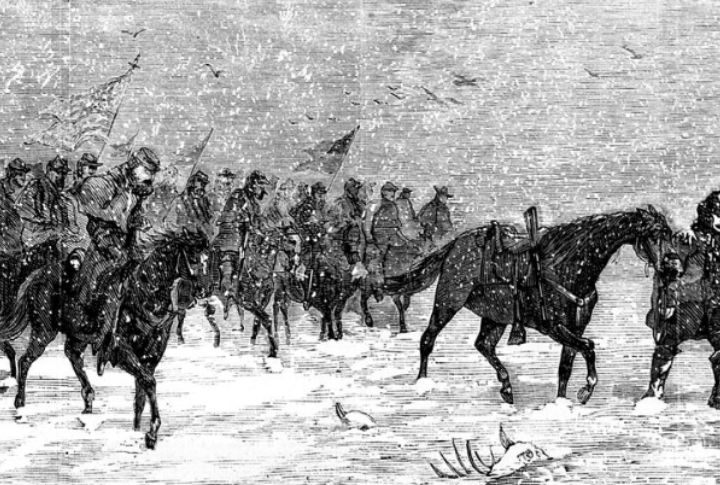
In 1868, Custer’s attack on a Cheyenne village at the Washita River was controversial. While he achieved victory, the massacre of non-combatants led to fierce criticism. What seemed minor at the time marked the start of a troubling pattern, one that quietly paved the way for the consequences he couldn’t escape.
Role At Little Bighorn
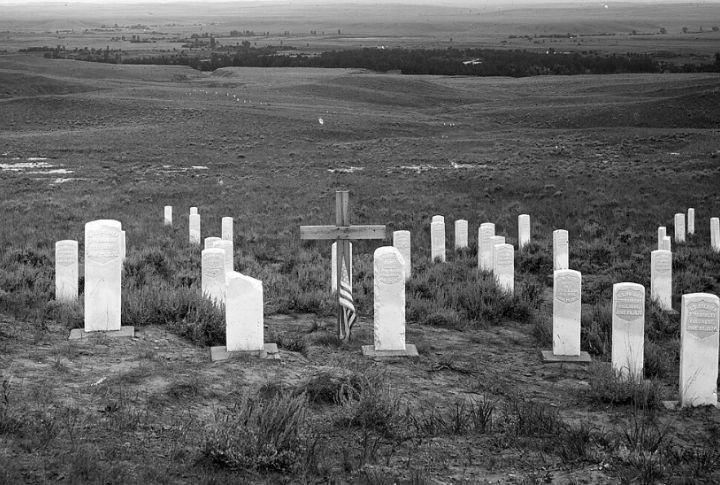
Custer’s final battle, the Battle of Little Bighorn, became a defining moment in American history. His decision to split his forces and attack an overwhelming Native American coalition led to disastrous consequences. That decision sealed his fate and marked the end of his military career.
Custer’s Black Hills Expedition
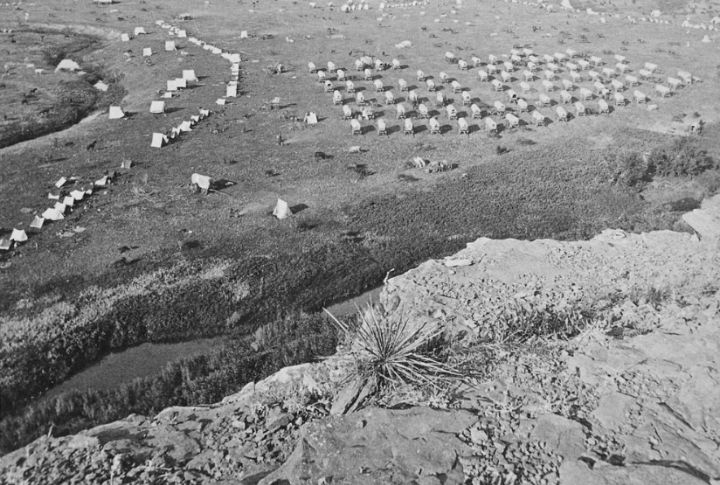
The moment Custer entered the Black Hills, he breached an agreement with the Sioux. His mission uncovered gold, which lured settlers and provoked unrest. That unrest didn’t stay contained—it erupted into war, helping ignite the Great Sioux Uprising that changed everything.
Fallout With Grant
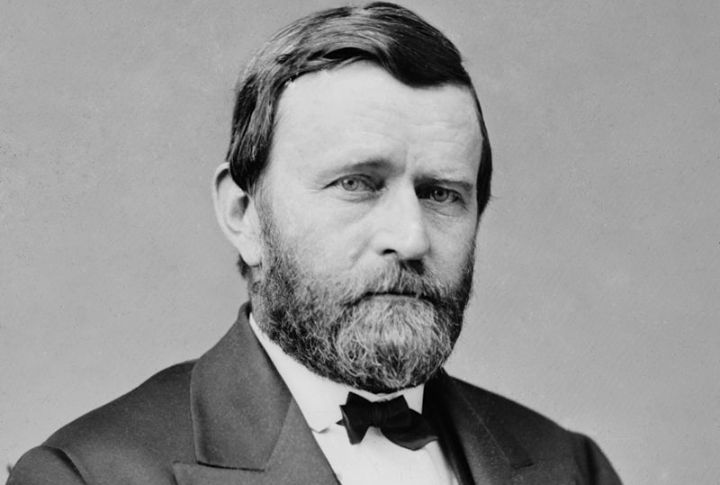
In accusing President Grant’s administration of corruption over Native policies, Custer damaged his political relationships. The fallout stripped him of backing, leaving him vulnerable as he led a small, unsupported force into the Battle of the Little Bighorn.
Arrest At Fort Lincoln
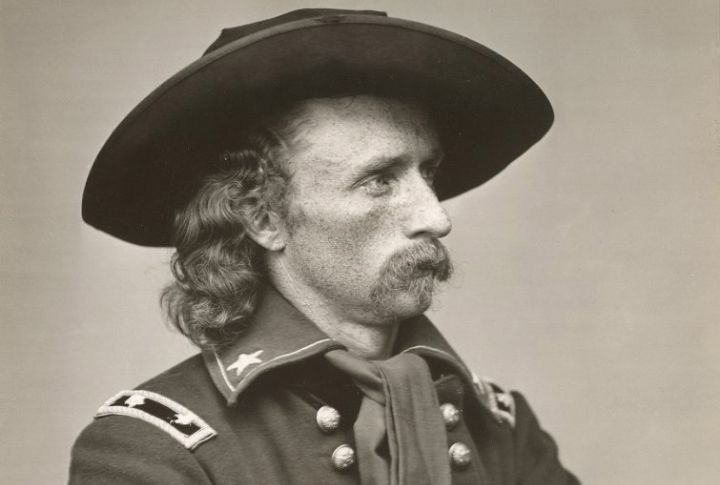
Custer’s arrest at Fort Lincoln in 1867 stemmed from his unauthorized absence to visit his wife, violating military protocol. His court-martial resulted in a one-year suspension without pay. Though later reinstated, the event highlighted tensions with superiors and foreshadowed his controversial leadership decisions.
Reckless Charge At Gettysburg
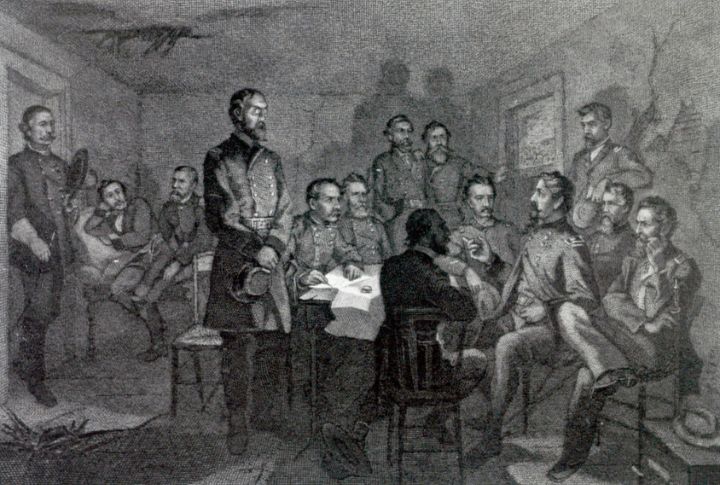
In the thick of the Battle of Gettysburg, Custer’s bold cavalry charge stalled Confederate forces, a key moment in the battle’s outcome. While it underscored his bravery, it also revealed his reckless side and willingness to risk lives for victory. This act solidified his reputation and fueled his growing thirst for recognition.
Promotion Denied Before His Final Campaign
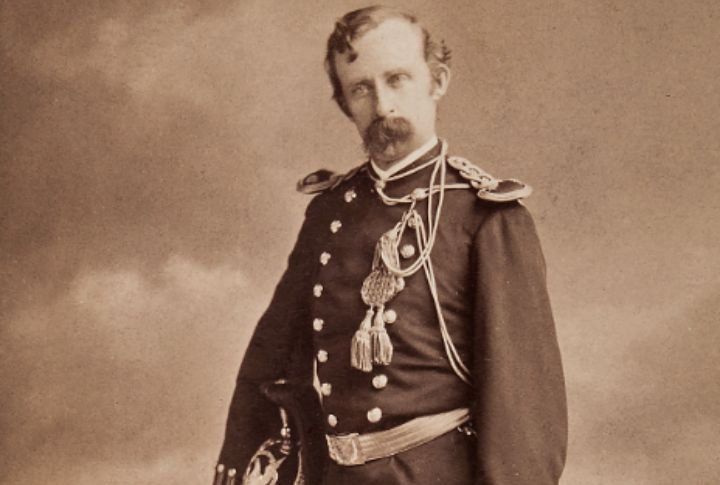
In 1876, just before the fateful Battle of Little Bighorn, Custer faced a pivotal rejection. Despite being offered a commanding role in another campaign, he was passed over. The setback, combined with his personal ambitions, led him to make fateful decisions.
Custer’s Role In Sheridan’s Shenandoah Campaign
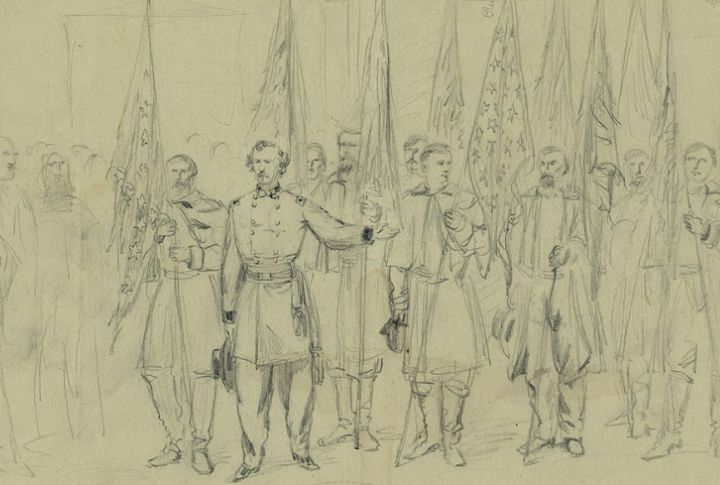
While serving under General Sheridan in the Shenandoah Valley during the Civil War, Custer’s aggressive cavalry tactics significantly weakened Confederate forces. This campaign brought him national attention and also solidified his belief that swift, bold attacks were the ultimate solution, a mindset that would later prove fatal.
March To Fort Lincoln
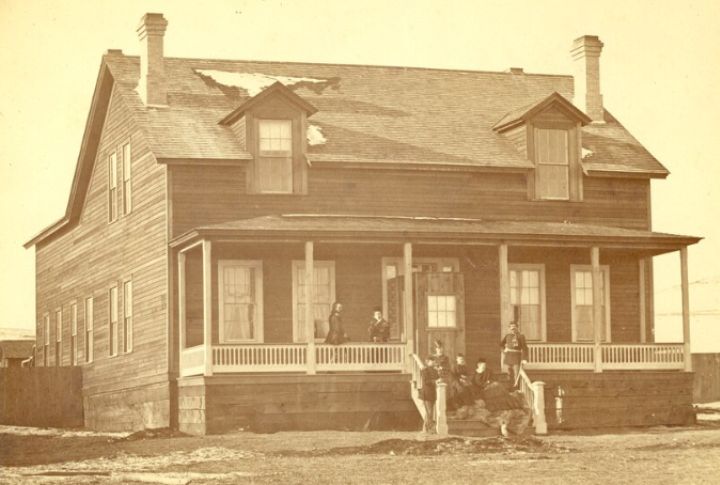
Before his fate was sealed, Custer commanded a march to Fort Abraham Lincoln, which played a pivotal role in his career. As the operation secured his standing as a capable commander, the long-term fallout from the mission would follow him into future chapters of his career.
The Abandoned Plan With Terry
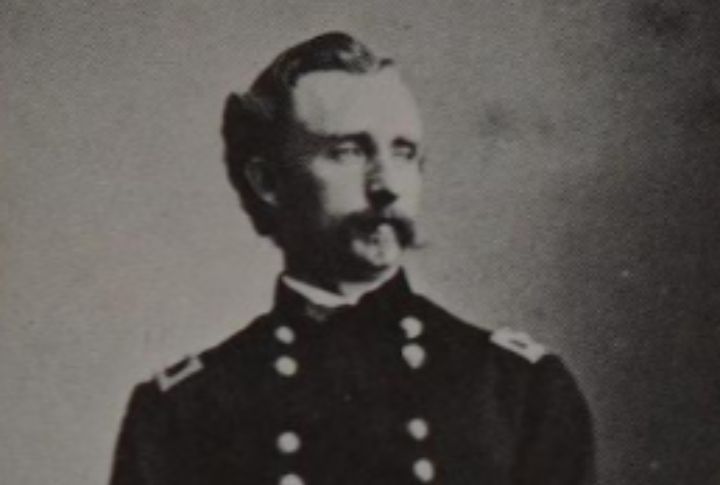
Custer was supposed to coordinate with General Terry before engaging the Lakota. Ignoring the original plan, he advanced without waiting. This breakdown in military coordination crippled their collective strength. By ignoring orders, he doomed his troops and forced the military to rethink how leaders share command in the field.

